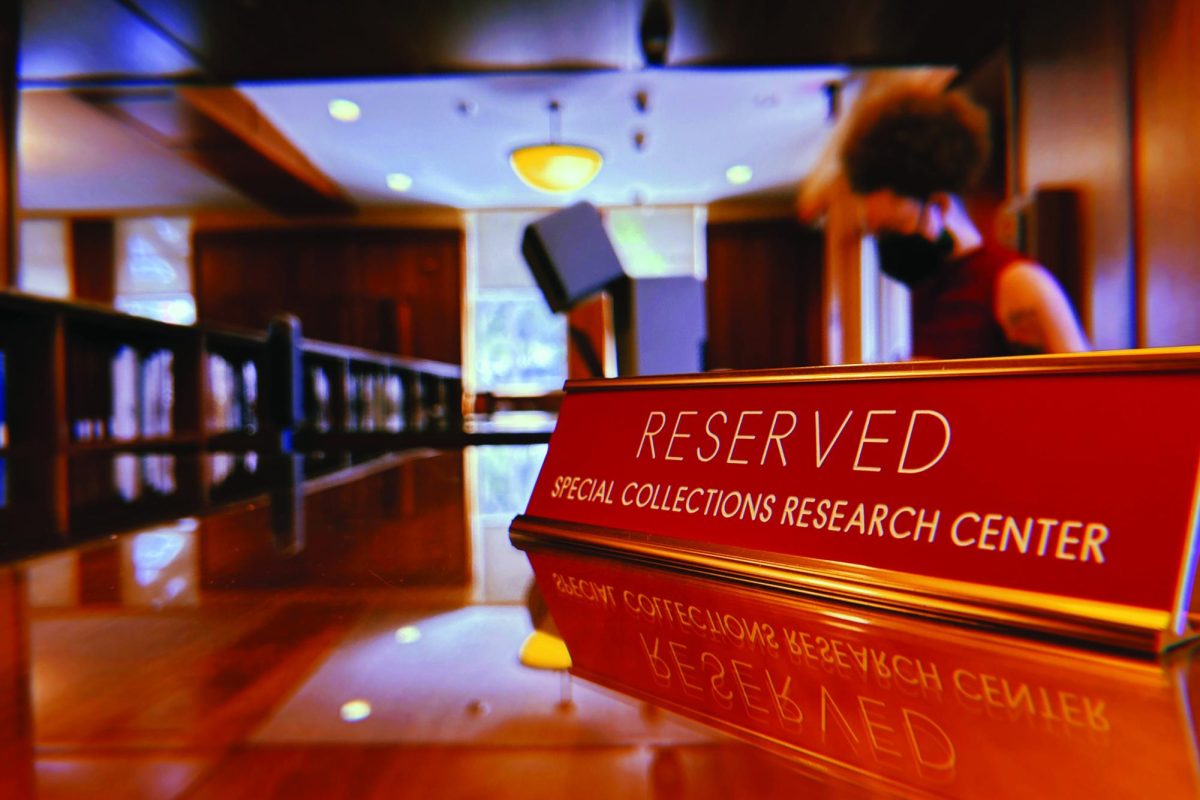The Facts: Students had the opportunity to vote in the fall 2009 fee referenda Monday. In a show of dissent, 61.6 percent of voters turned down the Talley-Atrium fee proposition. Voter turnout was quite high — 18.9 percent of students voted, including 21.4 percent of regular undergraduate voters.
Our Opinion: Students profoundly and appropriately expressed their will; they should be commended for the unprecedented turnout and desire to make an impact.
Students turned out en masse Monday for the fall 2009 fee referenda.
The 5,752 students who voted, an astounding 18.9 percent of the student population, made a profound statement about the direction they want the University to move in.
Additionally, 21.4 percent of “regular undergraduate voters” cast ballots.
The numbers, when taken together, presents students’ views in a way that cannot be ignored. The student body has very few instances where it can exert serious pressure on policy decisions.
Students have little say when budget cuts come down from above, or how they’re exercised within the University. However, students had an opportunity to voice their opinion on the referenda — they needed to take the opportunity, and they did.
Student Government set up these referendums as a way for students to give input on fees. Last year’s referenda resulted in a lowly 13.7 percent turnout of undergraduate students.
Nonetheless, student turnout was impressive and showed students were passionate about the issues, and among the issues, none were bigger than the heavily advertised Atrium and Talley Student Center fee.
Only 61 voters left the Talley fee vote blank, a testament to the campaign’s ability to inform the student body. Without a doubt, the $83 fee increase was one of the most significant issues on students’ minds as they voted, as evidenced by results indicating the fee was ranked lower than only the educational technology fee, the only increase students showed unified support for.
The Talley fee was voted down by 61.6 percent of voters. For historical comparison, no winning presidential candidate in U.S. history has received 61.6 percent of the popular vote or more — not even Nixon in 1972 or Reagan in ’84. The disparity here is truly enormous.



